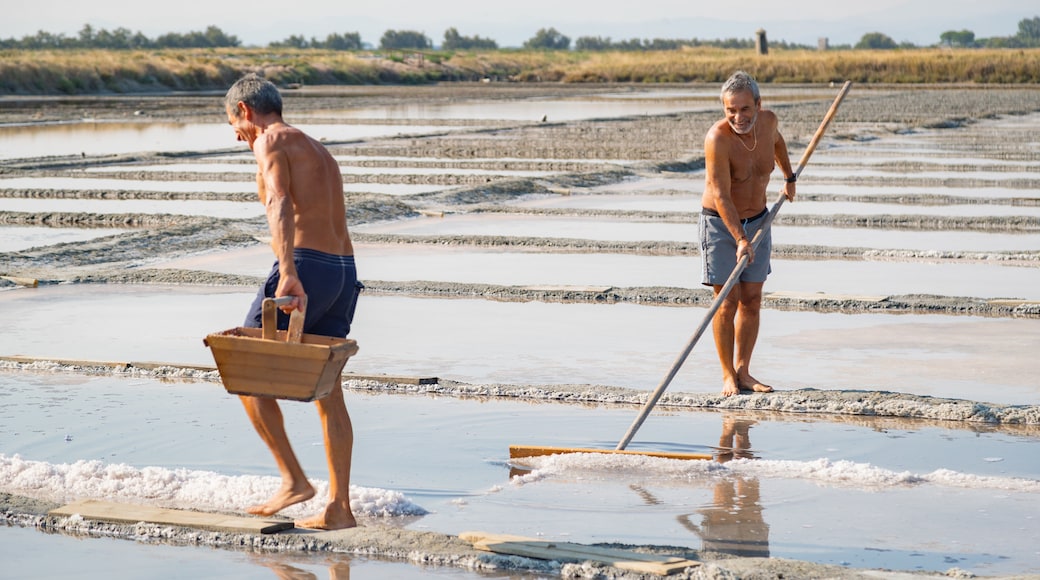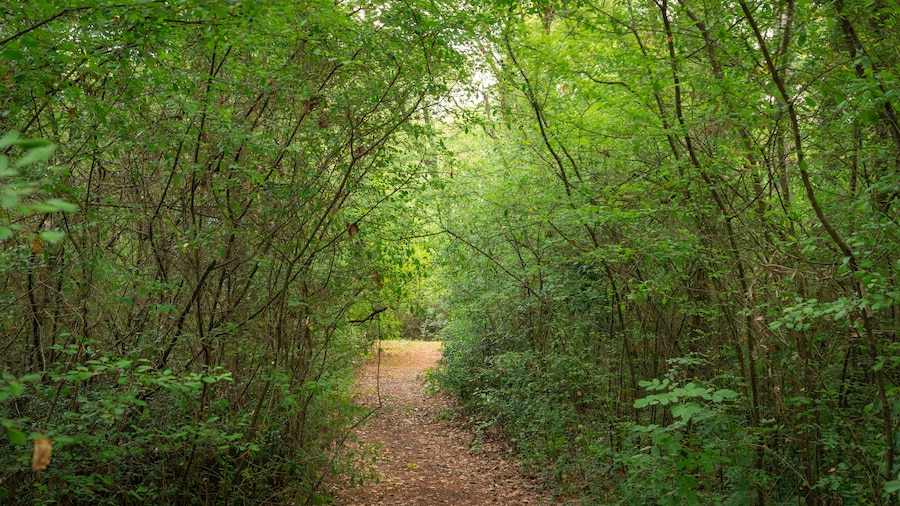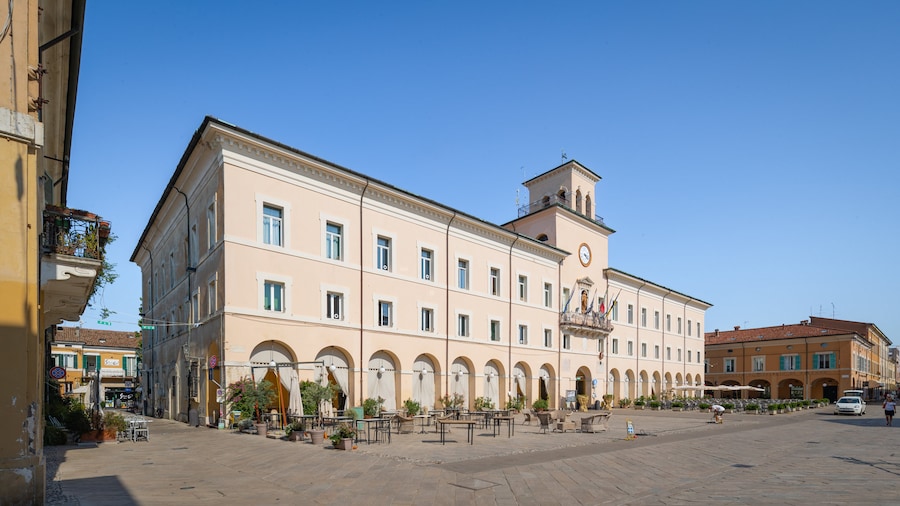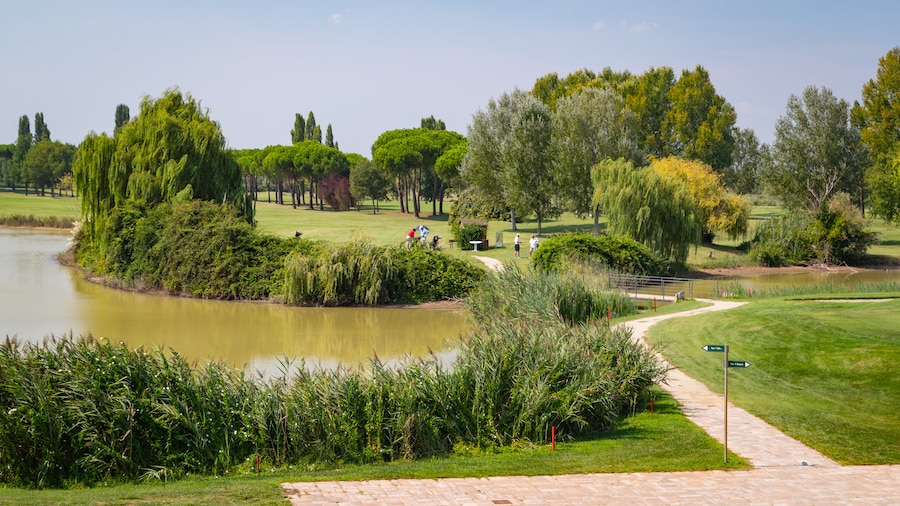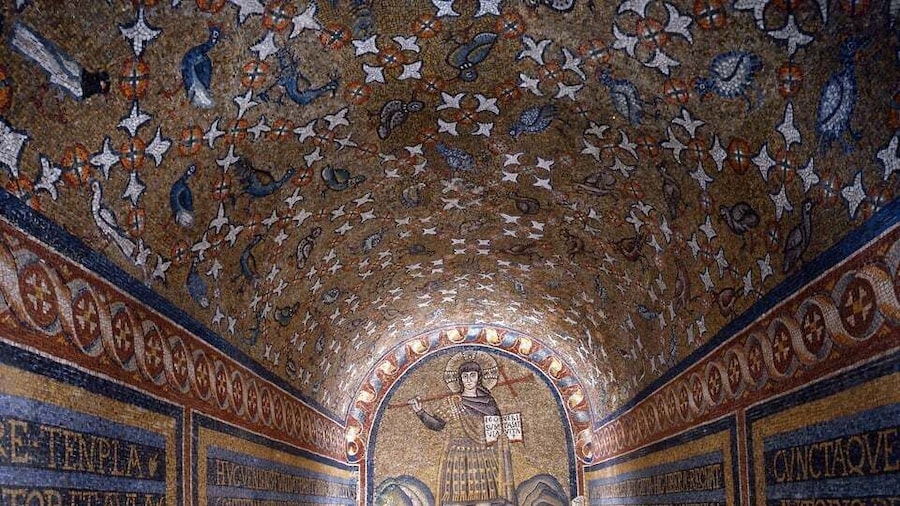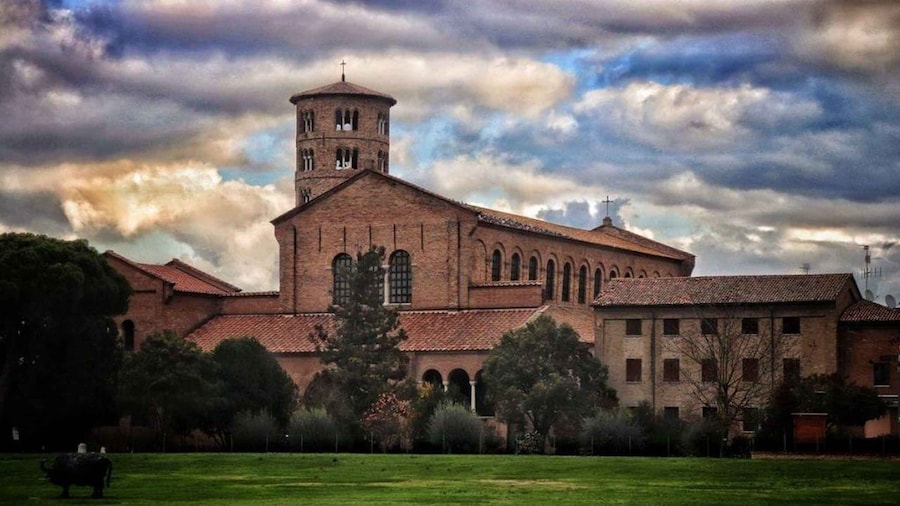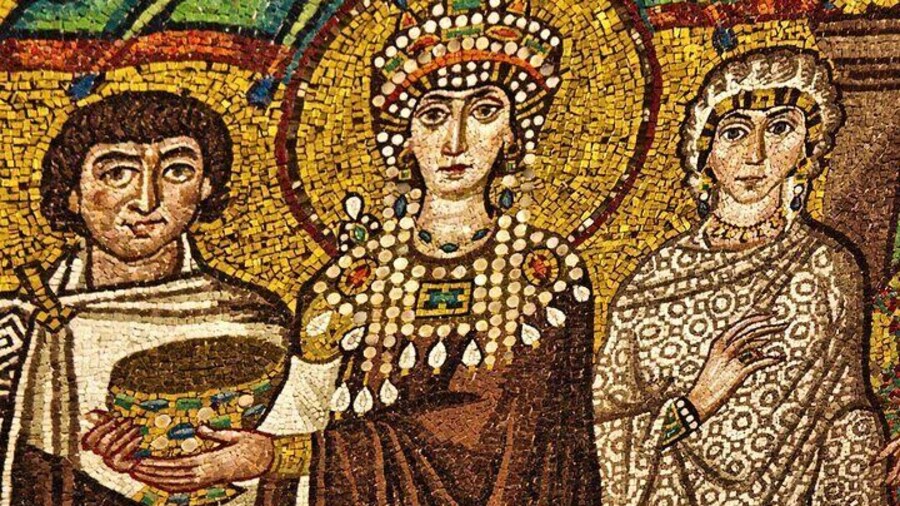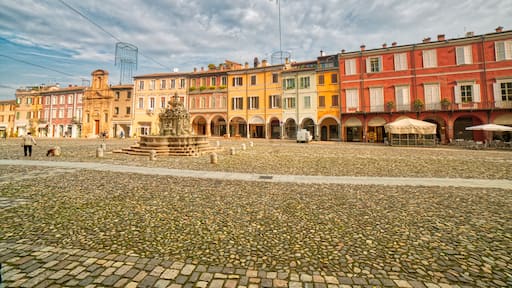Admire the architectural gems of the city centre and amble along the banks of the canal in the ancient city of salt.
Cervia has a dual role as fascinating historic town and beach resort. A canal splits the old town area from the boutique resort of Milano Marittima in the south. Learn about the city’s exceptional relationship with salt in the old warehouses and museum.
Among the main vestiges is the Cervia Cathedral, built between 1699 and 1702. Admire its well-preserved brick façade of simple design. Walk to the canal to gaze up at the St. Michael Tower.
Appreciate the industrial architecture of the salt warehouses that now hold exhibitions. Visit the Torre salt warehouse, where salt was cleaned and dried, before being weighed and bagged. The site now contains the MUSA Salt Museum, which showcases documents, tools and photos from the city’s salt industry.
Taste some of Cervia’s salt, which is particularly sweet. See flamingos and other exotic wildlife in the vast saltpans of Parco del Delta Po to the north of the city.
Back in the city center, find a space to sunbathe on the 5-mile (9-kilometer) stretch of sand. Choose between lively patches where bars line the shore and other calmer parts of the beach.
Stroll through the Casa delle Farfalle for its picturesque grounds. Enter the large greenhouse full of live tropical butterflies flitting around banana trees and ficus leaves. Next-door is an insect house with crickets, praying mantises, bees and beetles.
Spend time at the clubhouse of the Adriatic Golf Club Cervia and play a few rounds on the scenic course. Enjoy utter relaxation at the Terme di Cervia spa, where mud treatments are popular indulgences.
Cervia is in the province of Ravenna in northeastern Italy. Arrive at airports in Rimini or Forli, each less than 1 hour away by car. A railway line running along the Adriatic Coast offers another means of reaching the town.
Whether relaxing on the beach, visiting a spa or strolling through the old town, enjoy Cervia’s treats.




